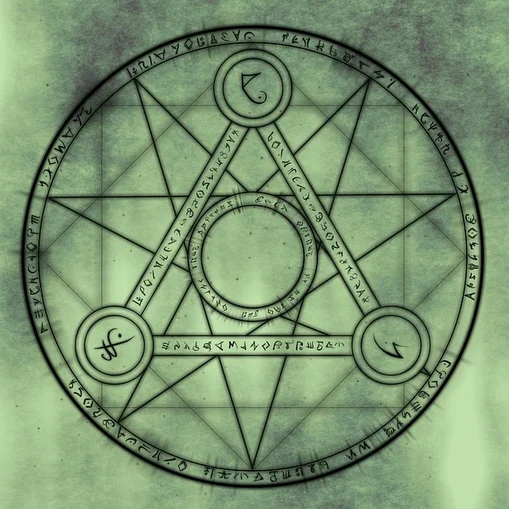So, I assume that if you put 100 people on a spaceship and sent them to wherever, they’d get very inbred in a few generations. How many people would you need for this to not happen, accounting for the fact that there will eventually be people who are infertile or die before having children?
There are different answers depending on the end goal.
Mere survival: Isolated human populations have been bottlenecked to as few as a few hundred individuals and survived, IIRC.
A quick search says biologists like to see 25+ breeding pairs to maintain an animal species (if I’m reading that correctly). So 50-100 seems like pretty close to the minimum.
Long-term colony building with full genetic diversity needs a lot more: At least one estimate is as high as 40,000 people. The high number is for Earth-like diversity in the population, and with no need for any overarching breeding program, so it’s really kind of an outlier scenario. That 40k figure can be pared down significantly if you have strict protocols, or accept some loss of diversity.
So anywhere from 50 people to 40,000 people, but the end result will look wildly different at the extremes.
On a scale from Hapsburg to Earth, how do you want your new colony to go?
We can have a little bit of hapsburg, as a treat.
It seems very plausible that if you can make a generation ship, you could make something like CRISPR to artificially increase genetic diversity/eliminate potential birth defects. Or perhaps just store genetic material for more people than the actual colonists on the ship. You’d probably want to hedge your bets in case there’s a low survival rate. There’s a lot that could go wrong. Ecosystem failure, negative effects of radiation, or just good old fashioned murder.
Thanks, ChatGPT.
Pro tip: take frozen sperm/eggs with the ship. Can be used to infuse the population with fresh genetic material.
That does not apply to humans who are capable of intentionally avoiding certain breeding problems, and also who have medical knowledge that can apply even if it does happen.
As I understand the article, it relates to the wild conditions. There is some evidence of lucky population that can survive after only 20 human bottleneck - https://en.wikipedia.org/wiki/Pingelap. And humanity itself could have faced around 1000 spices bottleneck - https://en.wikipedia.org/wiki/Population_bottleneck.
This has been modeled. Though I don’t have any references at hand, this is what I remember.
If you want to allow people to choose mates and breed normally, you’d need at least 3000 people, 4 to 5000 would be better.
If you are strictly controlling genomes and breeding pairs, ignoring monogamy and social norms. You might be able to get away with 100 if you selected for maximum initial genetic diversity. But 200 would be easier.
What if you went full eugenics and started out with a bunch of hot chicks?
That low end of 100 would be with full eugenics. Selecting for genetic diversity, not for “hotness”.
If you were selecting for that, it would mean less genetic diversity, you might start seeing problems within 5 generations. But that’s just me speculating.
Look, I’m not a doctor, I just need to know if there’s gonna be hot space chicks.
It’s the wrong place to ask, but if I liked this question, where should I be subscribed to besides [email protected] ?
Depending on your preferences, [email protected] and [email protected] are both pretty great.
I was more thinking of the space / rockets side of things but you got me. I’m already subscribed to both
Not what you mean, but one woman and a shit-ton of frozen sperm and ova would probably work, say 3 for redundancy…








